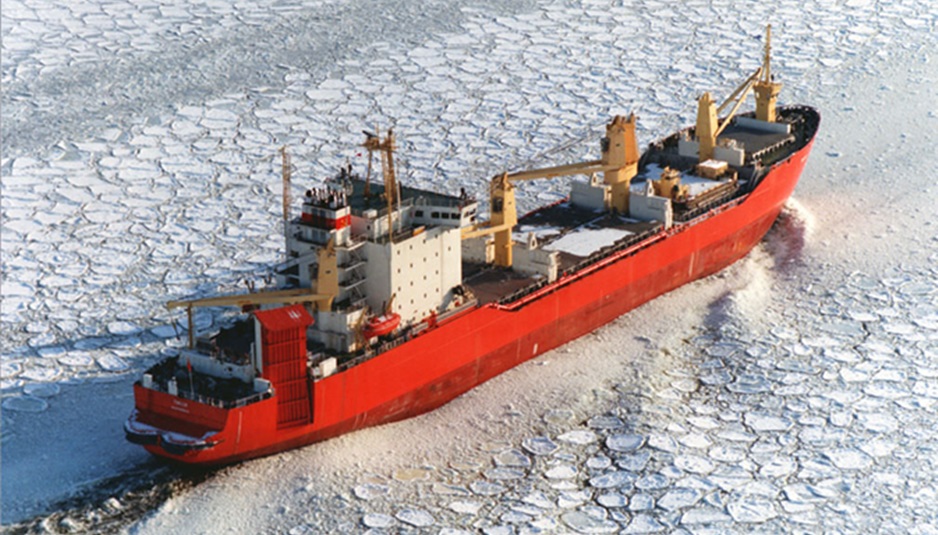Icebreakers: a challenge for the future
Over the years, Northern countries have invested large resources in order to design safer and more efficient icebreakers, improving the bow shape to reduce the risk of grounding on a icy sheet and inventing innovative propulsion systems, as the nuclear one, to deal with the logistical problems related to the difficult supply of fuel in the enormous expanses of icy sea.

nauticexpo.it
The first ice-breaker ship was built to provide the port of Hamburg with a ship that would help to break the ice which for most of the year hindered the functionality of the port itself, blocking trade and port activity. It was the particular form like a “spoon” of the bow that allowed the small unit (500 t) to break the icy sheets: in fact, the bow of the ship exerted a force from above while advancing, thus shattering the ice.
Over the years, Northern countries have invested large resources in order to design safer and more efficient icebreakers, improving the bow shape to reduce the risk of grounding on a icy sheet and inventing innovative propulsion systems, as the nuclear one, to deal with the logistical problems related to the difficult supply of fuel in the enormous expanses of icy sea.
The most interested country in the development of this kind of ships is the Russia, which has built the biggest icebreaker ship ever built, the Timofey Guzhenko. The peculiarity of this ship is its dual functionality: it has several tanks for the oil transport, and has also a bow whose tapered shape make it possible to break the ice. The hull is reinforced with steel beams and has a system that allows to form a lubricating film between the hull and the icy sheets that slide under it while the ship is moving forward, thus reducing the friction. But what allows the ship to tackle even the most thick icy slabs and ridges, that are often encountered along the route, are the Azipods: the innovative tempered steel propellers of this ship. Their power and their resistance allow them to crush icy sheets thicker than a meter, and the ability to rotate them of 360° allows to direct streams of water in order to remove residues of ice that dangerously slip below the hull.
Research and innovation for the icebreaker ships represents a challenge for the future. The trend is to build multi-purpose vessels, able to navigate both in normal conditions and in icy seas, and that can perform the dual function of icebreaking and oil tanker. In addition, over the next ten years, the route of the North Sea will see its maritime traffic increase, both in civil and military applications. This is reason why in 2017 Russia will launch a new class of nuclear propelled icebreaker ships.
